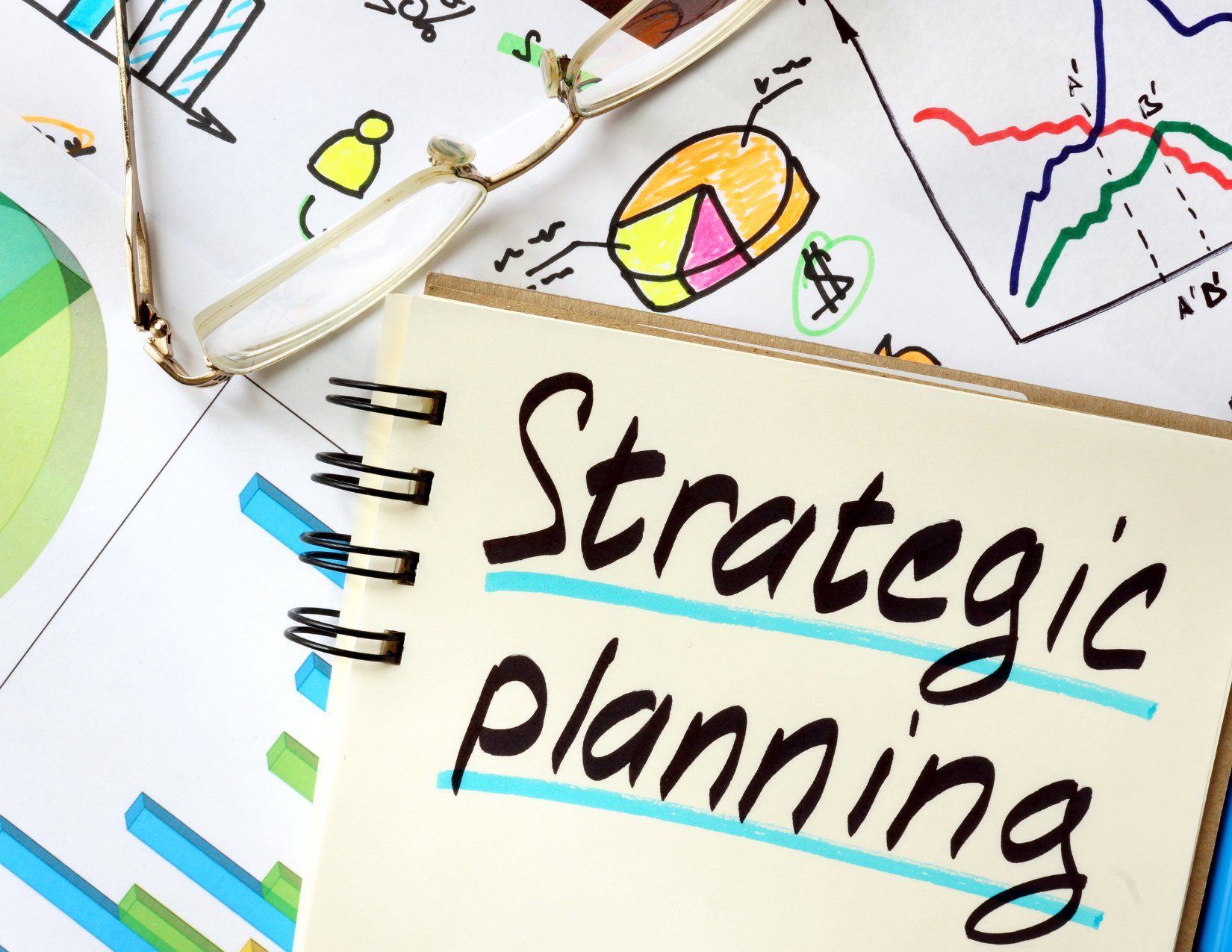How do you know where you want to go if you don’t have a plan?
Strategic planning is a necessary part of any organization. But what is it you might ask? It is a road map to reach future goals and help with the mission and vision of the organization. It identifies strengths and opportunities for future growth and names weaknesses and threats that the organization needs to be mindful of for the future.
But how exactly does that strategic plan work? There are lots of models on the market and the internet that shape a strategic plan, but I like to stick to the basics. A good SWOT (strengths, weaknesses, opportunities, and threats) can identify the present situation of the organization while creating goals and objectives for the future. And what about that ever-painful process of a mission and vision? This is so important as few organizations can recite their mission and vision as they tend to be complicated. Making it easy to remember, and a mantra for all in the organization to repeat, from board to management to staff is so important.
Here are some tricks I’ve learned along the way...
Mission statement.
Simply put, this is what your organization does. It’s a simple statement and should be no more than 10 words. It reflects what you do, how you do it, and why you do it. The best mission statements can be said in an elevator ride between the first and second floors.
Vision
This is where you want to go, and it should inspire those that come into contact with your organization. The key is to keep it realistic and focused on concepts or a position that your organization wants to be in. For example, if your organization focuses on making e-commerce a better experience for your customers, it is not realistic to have a vision that focuses on homelessness.
SWOT analysis
No one likes a SWOT analysis (well maybe the facilitator!) but it is an excellent way to get a present-day snapshot of the organization and also look for themes that need to be addressed. Focusing on your organization’s strengths allows you to be realistic in addressing challenges.
Strengths and Weaknesses
Strengths and Weaknesses are those that are internal to your organization. They are the assets that need to grow and the limitations that need to be fixed; Opportunities and threats are external to your organization and the fears that society faces that we have no control over, but might influence the day to day life of the organization and of the people within it. They are the moments or opportunities that need to be seized.
Goals and objectives
Goals and objectives are sometimes harder to wrap around, even though it seems easy. Make a do list of what is required to be tackled. Ensure that you use everyday language so people actually know what it is you’re about.
Remember, strategic plans are often on the side of our desks. They require time and love to be fulfilled and the day-to-day operations of our jobs and their duties are often a priority. Consider the resources that are in the organization and remember, it is a multi-year plan!
Community Futures West Yellowhead offers strategic planning services to businesses and non-profits, usually at no cost to you. Just ask us about it!




